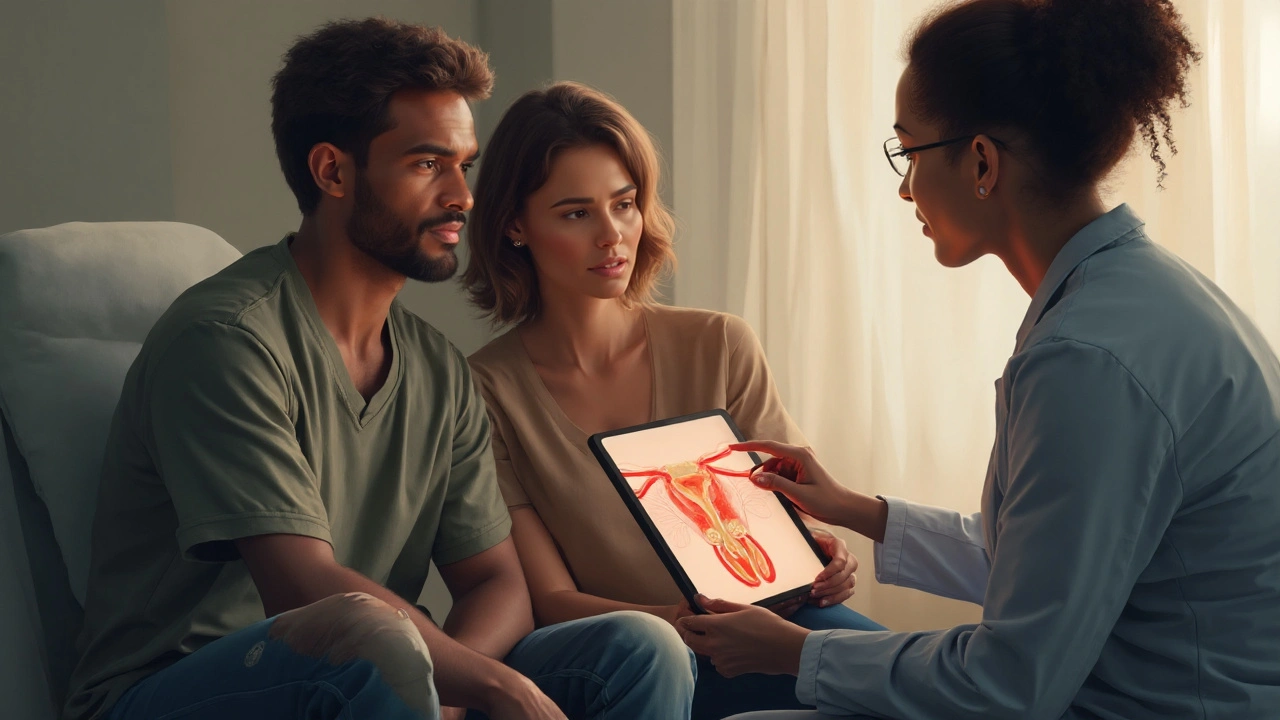Pelvic Inflammatory Disease (PID): What You Need to Know
Ever wondered why a lower‑abdominal ache could be more than just cramps? That pain might be a sign of pelvic inflammatory disease, or PID. It’s an infection that spreads to the uterus, fallopian tubes, and surrounding tissues. If you catch it early, treatment is simple; left unchecked, it can cause scar tissue, chronic pain, or fertility issues.
What exactly is PID?
PID starts when bacteria from the vagina or cervix travel upward. The most common culprits are chlamydia and gonorrhea, but other germs can join the party too. The infection inflames the pelvic organs, leading to swelling, pain, and sometimes fever. Young women are most at risk because they’re more likely to have sexually transmitted infections, but anyone with an infection that spreads upward can develop PID.
Typical signs show up within a few weeks of the original infection. Look for lower‑back or pelvic pain, painful periods, unusual vaginal discharge, or pain during sex. Some people also notice fever, nausea, or a burning feeling when they pee. Not everyone gets all the symptoms—some feel mild discomfort while others have severe pain.
How to Diagnose and Treat PID
If you suspect PID, see a health professional right away. Doctors usually start with a pelvic exam and may take a swab to test for chlamydia, gonorrhea, and other bacteria. Blood tests, urine samples, or an ultrasound can help confirm the diagnosis and rule out other problems. The key is not to wait; early treatment stops damage before it starts.
Treatment involves a short course of antibiotics—often a combination of two drugs taken for 14 days. It’s crucial to finish the full prescription, even if you feel better early on. Your partner should get treated too, preventing re‑infection. If symptoms don’t improve within 72 hours, go back to the doctor; you might need a different antibiotic or a longer regimen.
Most people get better with antibiotics, but severe cases can lead to complications. Scar tissue in the fallopian tubes can cause chronic pelvic pain or make it harder to get pregnant. In rare cases, surgery is needed to remove damaged tissue.
After treatment, follow‑up is important. A repeat exam a month later confirms the infection is gone. You’ll also want to talk about safe sex practices—using condoms and getting regular STI screenings can keep PID at bay.
Bottom line: PID is a serious but treatable condition. Recognize the symptoms, act fast, and finish your meds. Staying informed and getting tested regularly can protect your reproductive health and keep you feeling your best.
- Sep, 22 2025

Explore how gonorrhea can lead to infertility, whether the damage is reversible, and the latest treatment and recovery options for men and women.
- Read More
